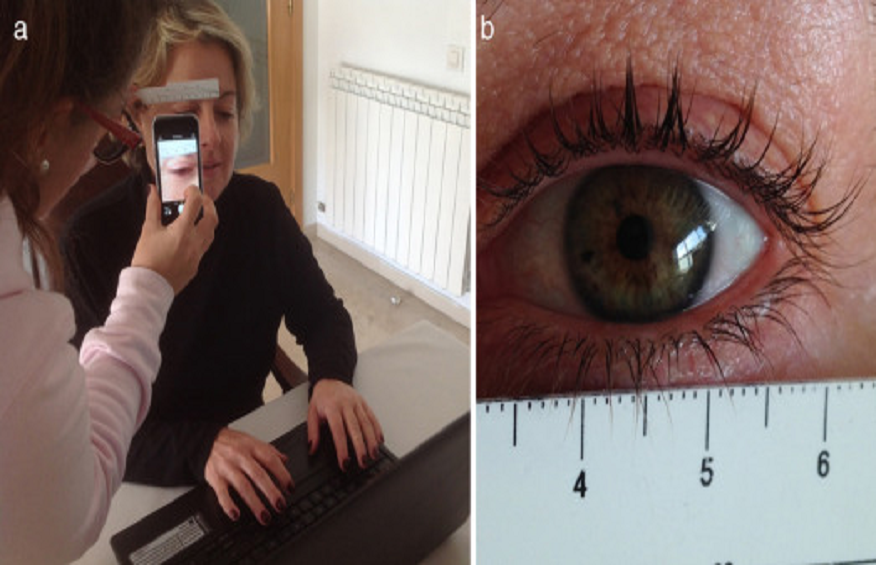The intricate world of neurology offers a fascinating avenue of study where even the slightest observations can lead to profound discoveries. Central to these observations is the pupil exam, a seemingly simple test that can, in fact, unearth a treasure trove of neurological information. By facilitating the evaluation of pupillary reaction, this exam allows medical professionals to get a sneak peek into the brain’s function and overall neurological health. In this exploration, we will delve deep into the importance of pupillary size measurement and the state-of-the-art neurological tools that are spearheading advancements in this domain.
Neuro Tools Overview
Stepping into the world of neurology, one can’t help but marvel at the technological prowess that stands at the heart of modern-day diagnostics. Neurological tools, specifically those designed for pupillary size measurement, are a testament to the relentless quest for precision in the medical field. These tools, by providing consistent and detailed evaluations, have completely transformed the landscape of the traditional pupil exam. They’ve evolved from rudimentary methods to sophisticated devices, ensuring that every evaluation of pupillary reaction is as accurate as can be.
Infrared Pupillometry
When talking about advanced techniques in the world of neuro tools, infrared pupillometry is a name that warrants immediate attention. This method uses infrared light, which, contrary to visible light, allows for the accurate measurement of pupillary size even in total darkness. Offering a non-intrusive approach it ensures patients are at ease, making the neuro exam smoother and more efficient. Recent studies have increasingly emphasized its significance, especially considering its ability to deliver objective and precise measurements.
Video Pupillometry
Moving from infrared to video-based methods, video pupillometry stands out as an equally impressive technique. This tool offers real-time visualization of the pupil, recording its every reaction and movement. What sets it apart is its ability to provide a holistic view of pupillary behavior. Some of the leading neurological tools, including the renowned NPi devices, incorporate video pupillometry, thereby enhancing their diagnostic capabilities manifold. By offering advantages over traditional methods, it’s clear that video pupillometry is setting new benchmarks in pupillary size measurement.
Automated Pupillometry
In an age where automation is becoming synonymous with efficiency, the field of neurology isn’t far behind. Automated pupillometry is a leap forward, especially when it comes to standardizing the pupil exam process. With reduced human intervention, the chances of errors diminish. The core strength of automated pupillometry lies in its real-time feedback mechanism, ensuring that professionals receive instantaneous data, making the neuro exam more reliable. Recent studies underscore its potential, marking it as a pivotal tool in modern neurology.
Pupillometry in Neurological Disorders
Pupillometry isn’t just about tools and techniques; it’s also about the critical role it plays in diagnosing and monitoring a plethora of neurological disorders. Conditions like Horner’s syndrome or multiple system atrophy exhibit distinct changes in pupillary size and reaction. Advanced neurological tools equipped with modern pupillometry features are not only instrumental in early detection but also in tracking disease progression, thus playing a pivotal role in shaping treatment strategies.
Pupillary Size and Drug Effects
Outside its direct implication in diagnosing disorders, pupillometry has a significant role in understanding drug effects. It’s a bridge that connects pupillary size measurement with the world of pharmacology. Both therapeutic and illicit drugs can influence pupillary reactions, and understanding this relationship is crucial. Pupillometry, in this context, becomes an invaluable tool, offering insights into drug responses and even helping in detecting potential cases of substance abuse.
Pupillary Size and Traumatic Brain Injury
The importance of pupillary size measurement becomes even more pronounced when discussing traumatic brain injury (TBI). Any variations in the normal pupillary size or reaction can be indicative of the severity of the trauma. Neurological tools specialized in measuring these variations can thus play an instrumental role in devising effective treatment strategies for TBI patients.
Conclusion:
The field of pupillary size measurement stands as a beacon of innovation and precision in neurology. From the foundational pupil exam to the advanced evaluation of pupillary reaction using state-of-the-art neurological tools like NPi, the journey has been remarkable. For anyone vested in the realm of neurology, understanding these advancements is not just an advantage; it’s imperative. The world of neurology awaits further innovations, and it’s a wait filled with anticipation and promise.



